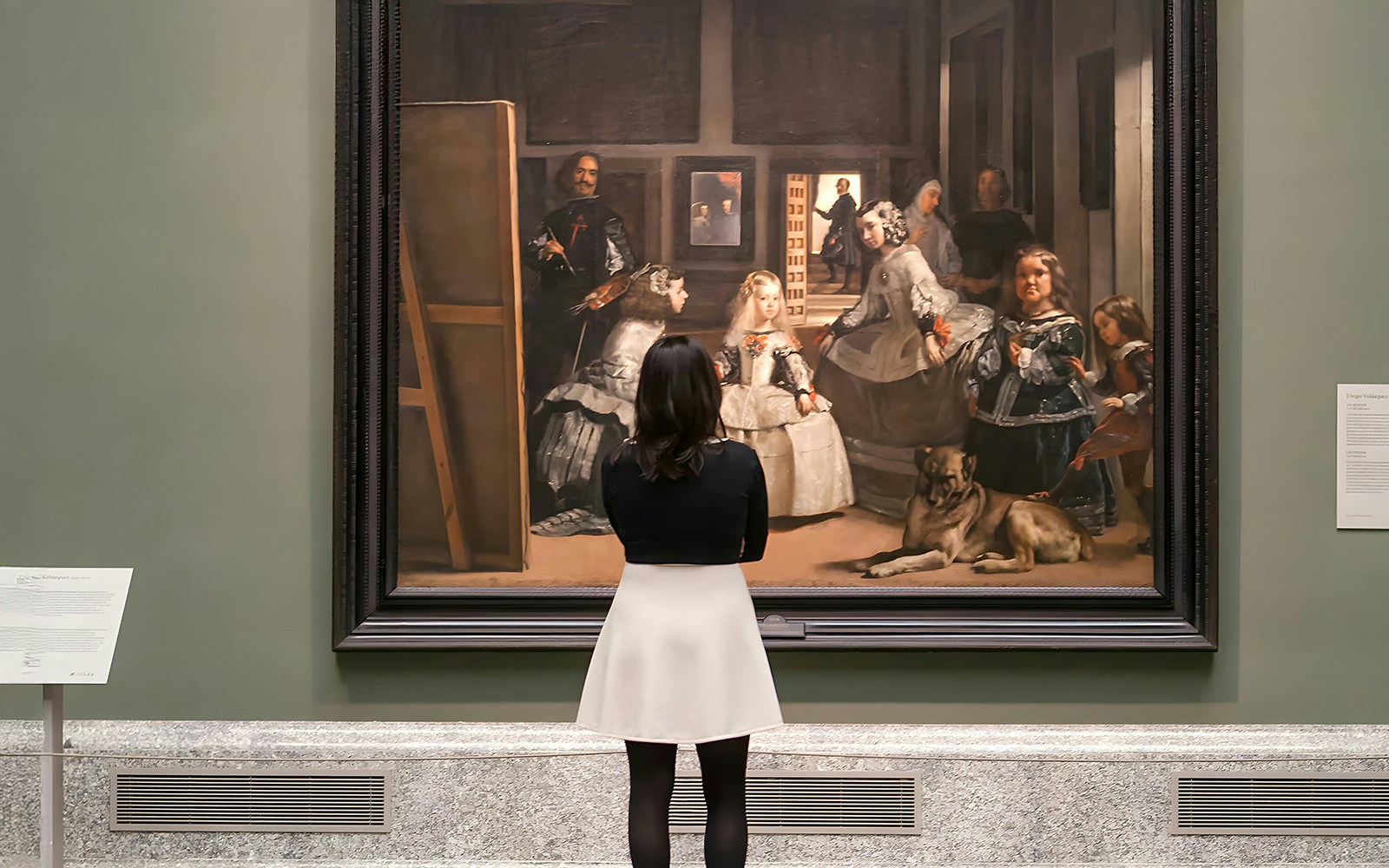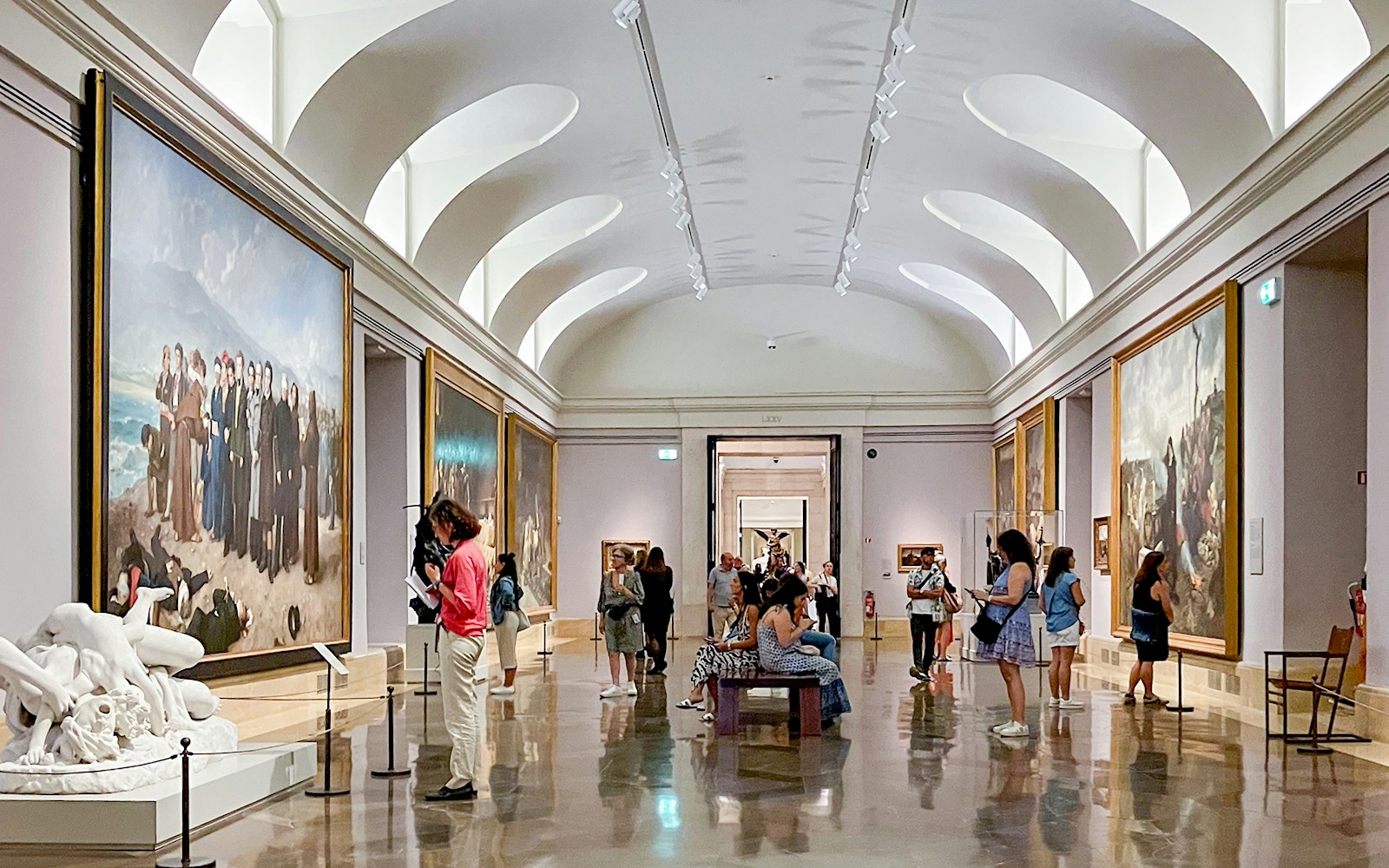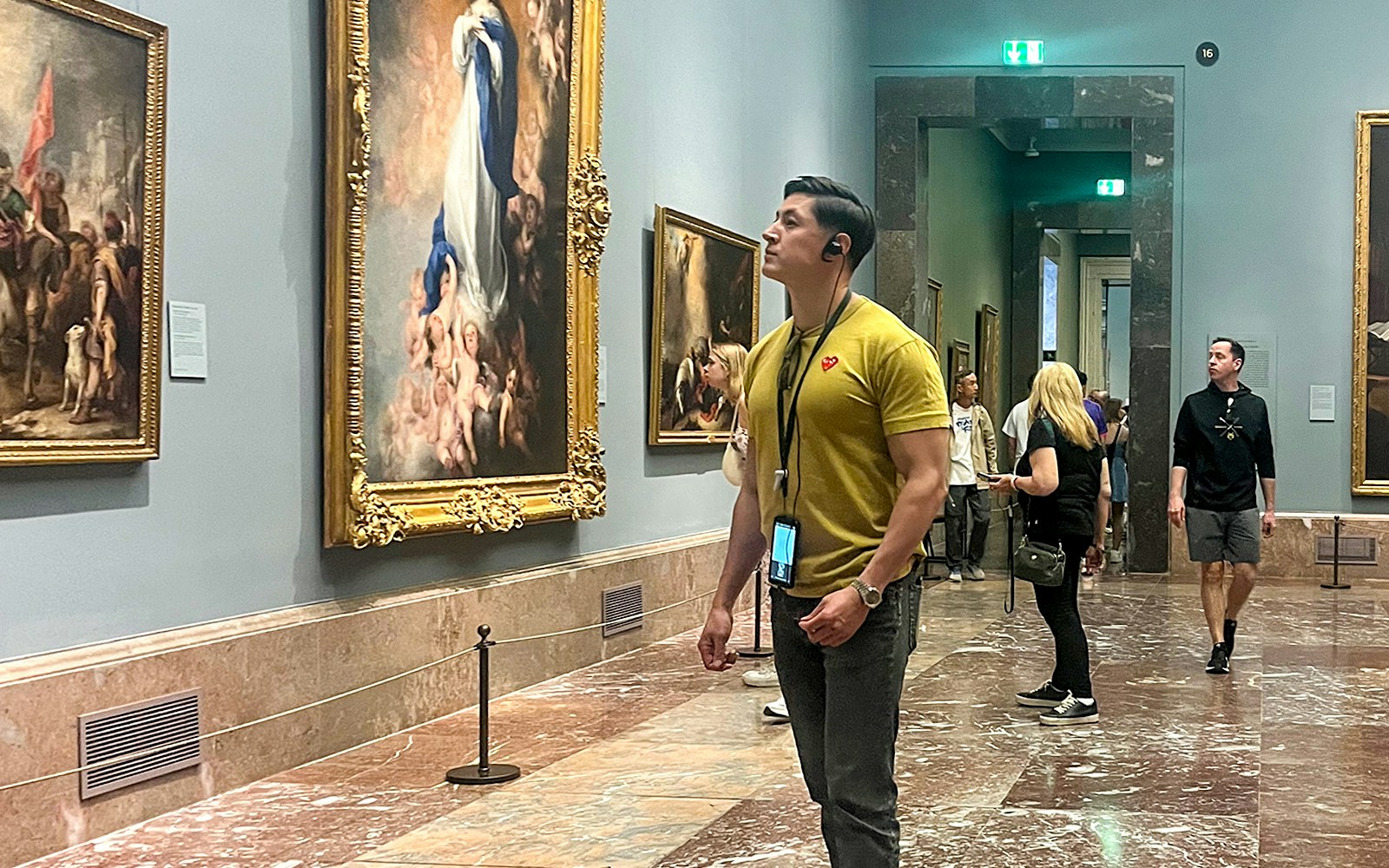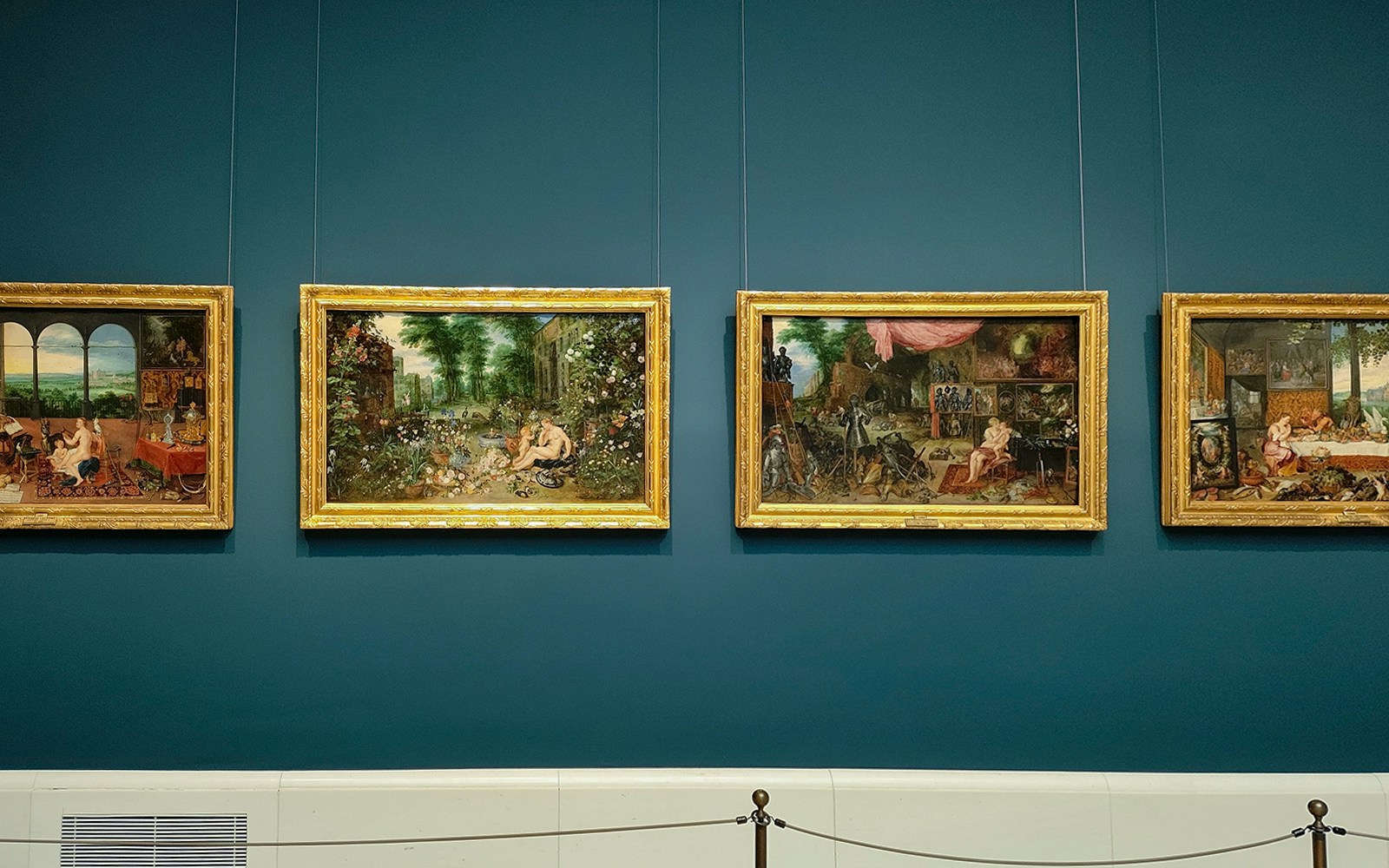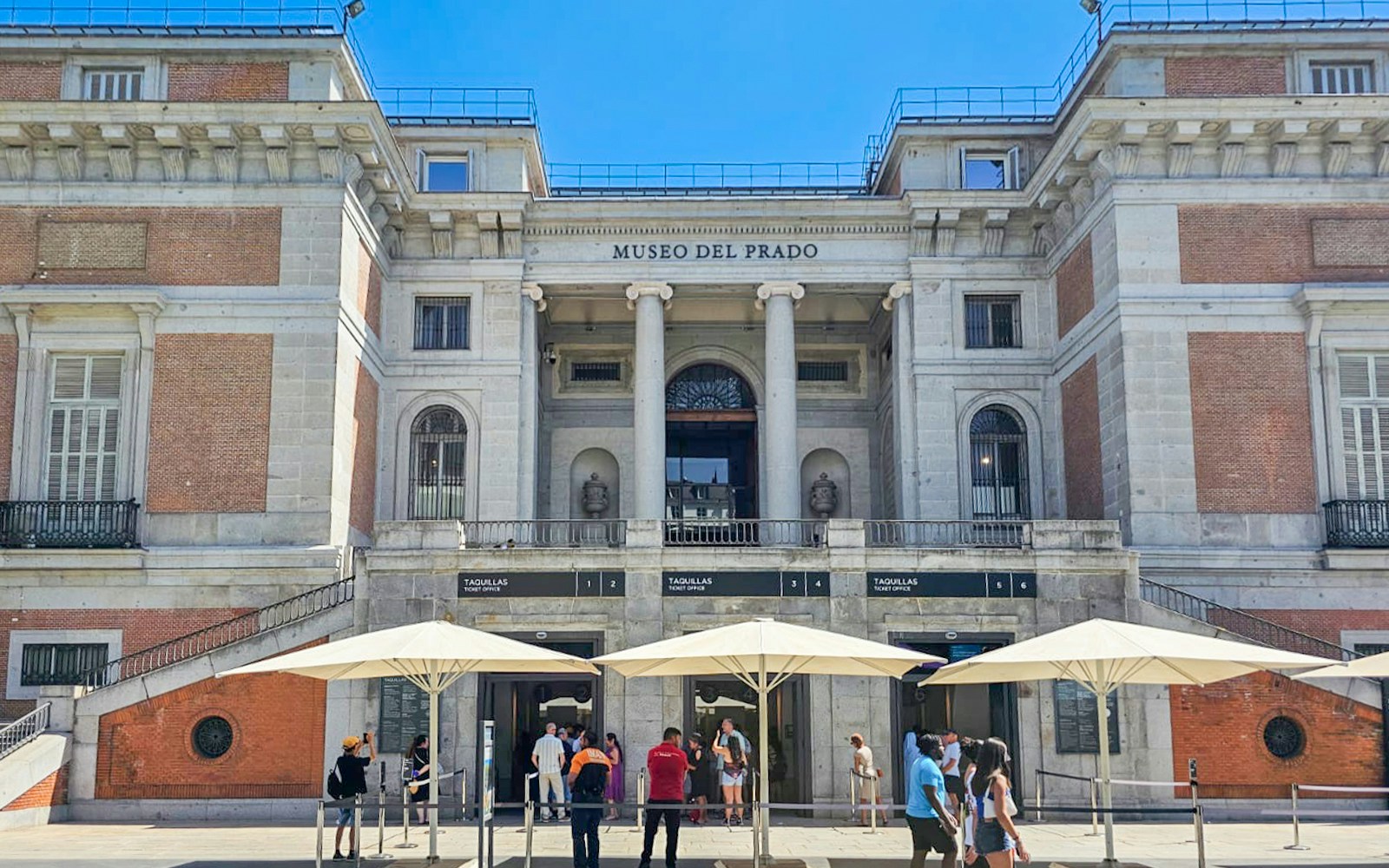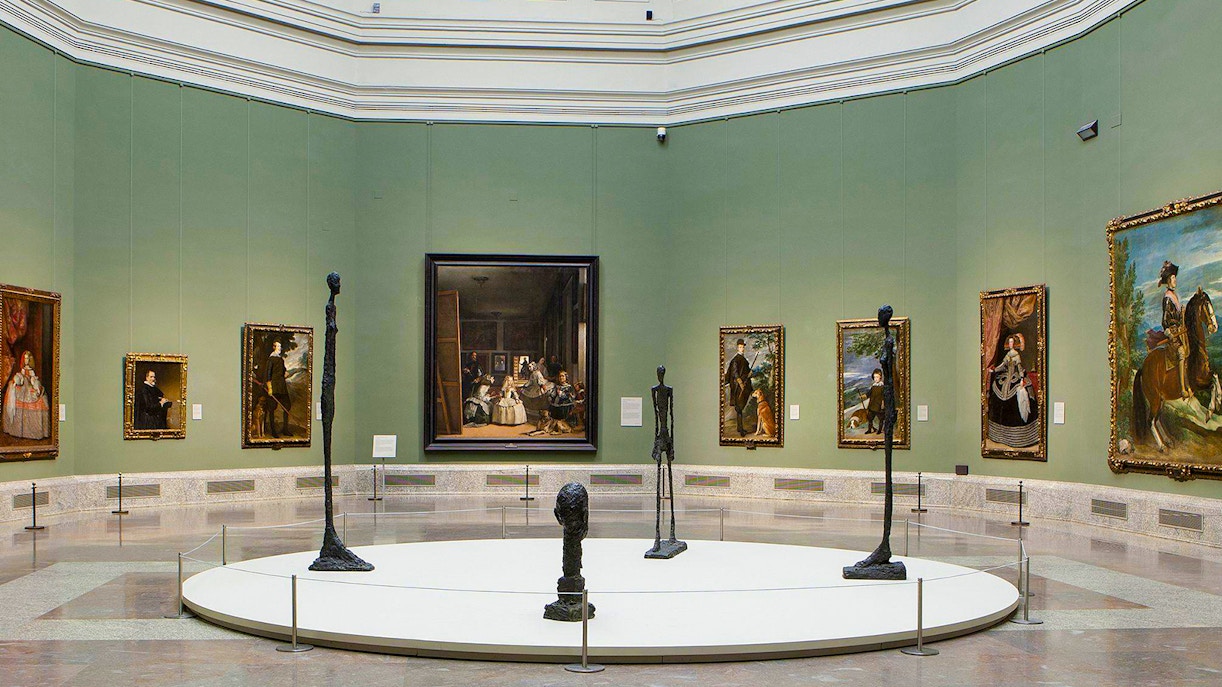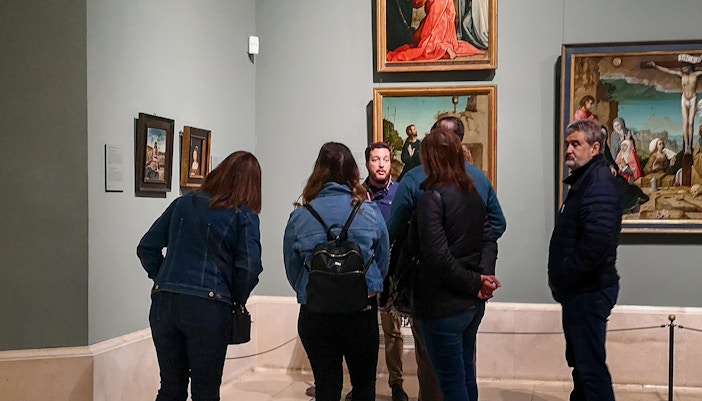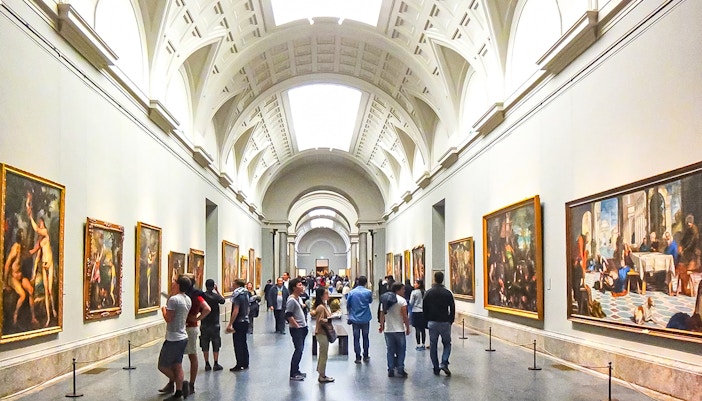The Prado Museum is known for its collection of paintings—a whopping 8,000+ at that. Spanning eight centuries, the paintings here capture the evolution of various artistic styles, along with that of the Spanish royalty over the years.
Some key paintings on display that you cannot miss include the Las Meninas by Diego Velázquez, a piece known for its complex composition. Others include Saturn Devouring His Son by Francisco Goya, The Garden of Earthly Delights by Hieronymus Bosch, and The Nude Maja and The Clothed Maja by Francisco Goya.
